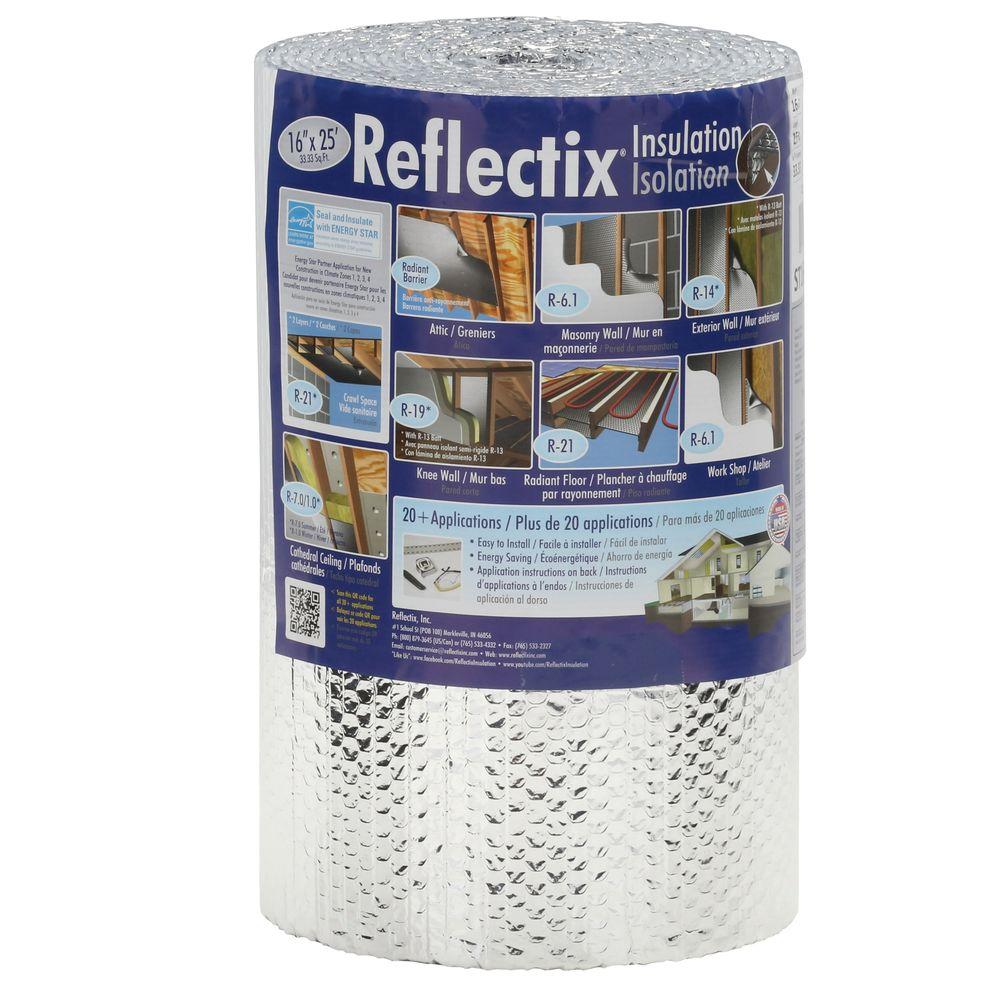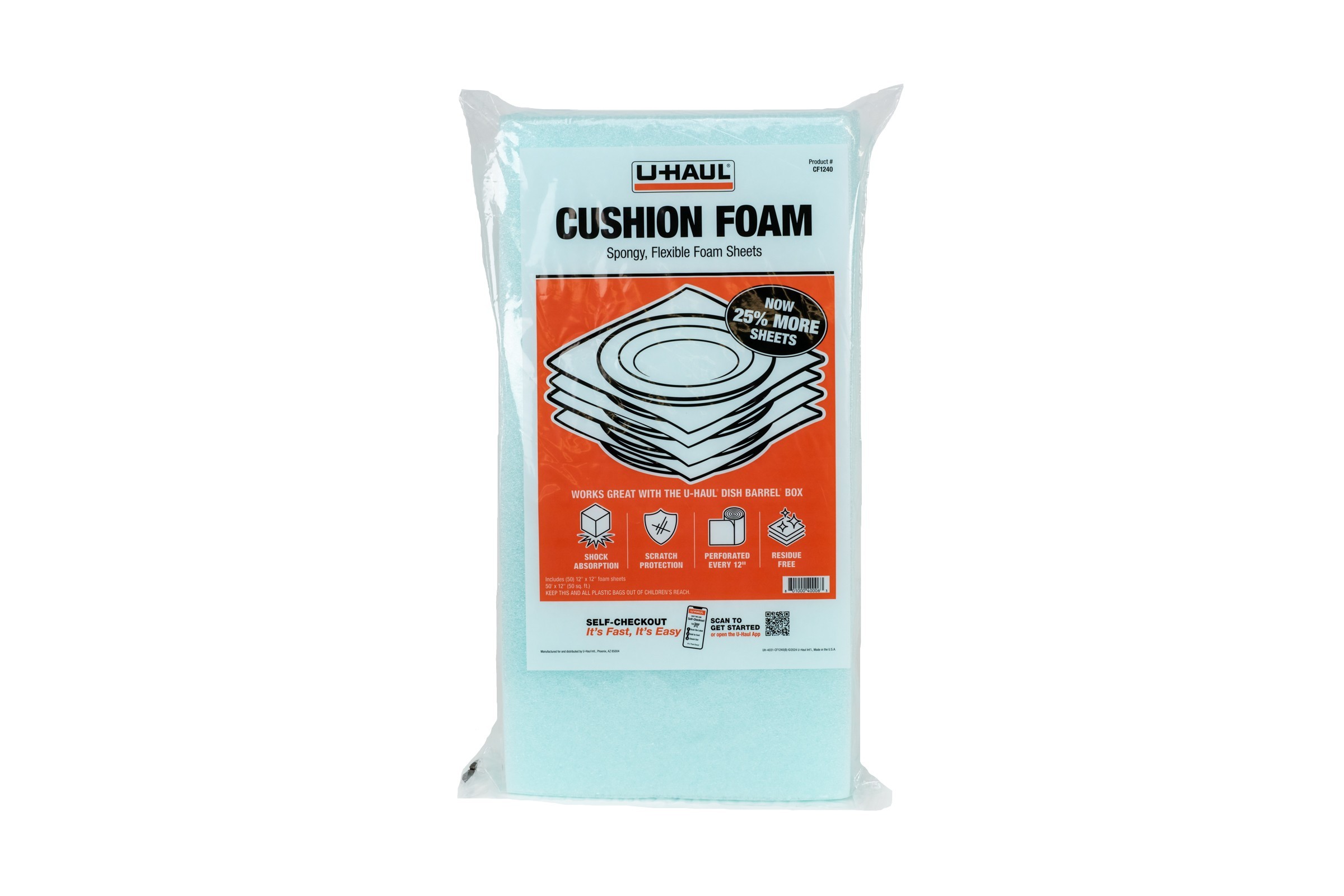Getting Out of Dodge
 |
| view out the window the morning after Vagabonding. That's the Santiam River. |
To Salem
We stopped in Wilsonville to grab some dinner, but the Black Bear was closed. So, we moved on until we saw a Denny's sign. Neither Boo nor I have been in a Denny's in years and hadn't realized they had a new budget menu. We both ate well and had a $14 total tab (plus tip). That's nuts. I don't know how they stay open with prices like that. Anyway, the engine temps had been climbing steadily since the Black Bear pull-over, and I discovered that one of the fan wires had shaken loose. Yep, that seems to happen every trip. A quick bit of fiddling and the fans were running, and we were back on our way. No sooner were we back on the road than we saw the OR-22 sign, and we were able to pull off the freeway onto the slower, easier state route. Though Hapy's temps still climbed on long uphills, they would settle back down when we hit a straight-away or downhill. I'd like to try to solve for the uphill temps by lowering the radiator an inch or two, but as you'll see by the end, I have bigger things to solve. I noticed that if I rotated the headlight switch to increase or decrease the dashboard backlight, the headlights would flicker a little bit. I made a mental note to replace the switch.
Vagabonding
 It didn't take long before the late nights and early mornings of a typical work-week started catching up with us. Hapy, unlike his occupants, was doing great. We saw signs for Silver Falls State Park, and Boo exclaimed that she had never seen Silver Falls. Well, that's an Oregon icon that everyone should see when they visit, much less live here. So, we nosed off the highway and followed signs to the park. 30 minutes later, we arrived at a "campground full" sign. Too bad they don't post that, say, at the freeway turnoff. We found our way back to OR-22 another 30 minutes later, feeling all the more tired. We chased a few other signs before pulling over along the side of the road where there was a very deep shoulder (at 44.7673810N, -122.5331920W) just west of Mill City, OR.
It didn't take long before the late nights and early mornings of a typical work-week started catching up with us. Hapy, unlike his occupants, was doing great. We saw signs for Silver Falls State Park, and Boo exclaimed that she had never seen Silver Falls. Well, that's an Oregon icon that everyone should see when they visit, much less live here. So, we nosed off the highway and followed signs to the park. 30 minutes later, we arrived at a "campground full" sign. Too bad they don't post that, say, at the freeway turnoff. We found our way back to OR-22 another 30 minutes later, feeling all the more tired. We chased a few other signs before pulling over along the side of the road where there was a very deep shoulder (at 44.7673810N, -122.5331920W) just west of Mill City, OR.After the original vagabonding during Almost Frog Lake (see part 2), we have this pretty well down. Well, Boo does. We free the bed by moving stuff into the front seats, cover the windows and crash for a few hours. In Oregon, the cops don't hassle you. We've talked to a few folks about this, and in the more remote areas, it is totally acceptable. I wouldn't suggest it in the cities and towns, but for places where OSP patrols. We awoke needing a restroom and coffee. We found both at a small roadside coffee cart on the north side of the highway just east of the Maples Rest Area. Coffee'd and with breakfast from the cooler, we were back on our way. We made great time past the reservoirs, over the pass, through Sisters and Bend to the venue. We arrived at 11:AM, an hour before the gate was supposed to open, but they waved us in anyway. Within a few minutes, we had our wristbands and were puttering up the hillside to the GoWesty camp zone.
No Charge Battery
 When we were roadside, setting up for a night's vagabonding, I noticed that the cabin lights weren't terribly bright. I had put the accessory battery on the charger, but the battery acted like there wasn't a charge to take, so I removed the charger. I was starting to have second thoughts about that. After getting Hapy nice and flat, we set up and I tried to charge our phones. No dice. Then, the power converter would just beep at us, refusing even to light a very low amperage string of holiday lights. I checked the battery level and it was down to 8V. Huh? I figured that we could run cabin lights for a little while, but by the second night, we were on lantern lighting only. With all that solar energy coming from the sky, its a shame we don't have a collector. Something for the list, I guess. Fortunately, the 4Peaks folks have a vendor who provides a solar charging station, so we would spend an hour there in the morning, soaking up some sun ourselves while our phones charged up. It was because of the battery that these festival posts have virtually no pictures: I had no phone (and, therefore no camera) most of the time.
When we were roadside, setting up for a night's vagabonding, I noticed that the cabin lights weren't terribly bright. I had put the accessory battery on the charger, but the battery acted like there wasn't a charge to take, so I removed the charger. I was starting to have second thoughts about that. After getting Hapy nice and flat, we set up and I tried to charge our phones. No dice. Then, the power converter would just beep at us, refusing even to light a very low amperage string of holiday lights. I checked the battery level and it was down to 8V. Huh? I figured that we could run cabin lights for a little while, but by the second night, we were on lantern lighting only. With all that solar energy coming from the sky, its a shame we don't have a collector. Something for the list, I guess. Fortunately, the 4Peaks folks have a vendor who provides a solar charging station, so we would spend an hour there in the morning, soaking up some sun ourselves while our phones charged up. It was because of the battery that these festival posts have virtually no pictures: I had no phone (and, therefore no camera) most of the time.While we didn't have much electricity, Boo completed her camp shower vision at 4Peaks. I'll post independently about that since this post is already pretty long and we haven't gotten to the adventure part yet.
Where There's Smoke
With our stuff stowed and good-bye's shared, we left the festival grounds, filled up with diesel and headed towards OR97 and OR22 towards home. By now, it was mid-afternoon, and the hottest part of the day. The radiator kept up, though, keeping the engine temps under 196*F even on the longest uphill runs. Somewhere between Tumalo and Sisters I noted a whiff of smoke. I looked down and smoke started first as a wisp and then as a billow from between my knees. If this were a typical front-engine'd car, you would start thinking about engine fires. The only thing that far forward is the fuse box and the spare tire. Anyway, we were fortunate to have a small road intersecting with the highway, so we dodged onto the shoulder at the corner, turned off the ignition and flipped on the hazard lights. I jumped out to make sure the hazards were on and saw the headlights were lit even though that switch was off. I went around back and removed the positive battery cable, thinking that the electrical was completely borked. While I was around the back of Hapy, Boo headed off down the side street.
On The Tow Again
I paused for a minute, considering the heat of the sun, and what could I fix on the roadside. Then, Boo came around to me and pointed to a shady spot on the side of the road where we could push Hapy. And so we did. While Boo made peanut butter and jelly (PBJ) sandwiches, I pulled out the Bentley book and started looking at the wires. One wire had it's plastic completely burned off and a couple of others had swollen marks indicating they had been touched by heat as well. All of them fed from one side of the fuse box into the steering column. I figured the ignition wires were toasted, but to repair I would need to remove the steering wheel to get at the wire bundle. Removing the steering wheel requires a 27mm socket, which I don't carry in the bus, so we were stuck and contacted AAA. We sat in the shade eating PBJ sandwiches while we waited for the flatbed. It arrived about 2 hours after the first puff of smoke and we arrived home 3 hours after that.
Resolving to Repair
Years ago, I bought a replacement ignition switch. The original switch has been tempermental, not wanting to turn without considerable coaxing. I didn't want to go through the hassle of the install back then, so the switch has sat on my parts shelf. I ordered a replacement ignition harness from BusDepot. I will post about the replacement of the switch and harness effort once it's completed. In the meantime, we are in the heart of festival season and it looks like we may have to go to our first summer music event without Hapy since 2011. I sincerely hope I can get this fixed before the one after that. I'm looking forward to turning the key without challenge, and having all the smoke stay inside the plastic tubes.
Thanks, as always, for following along.












